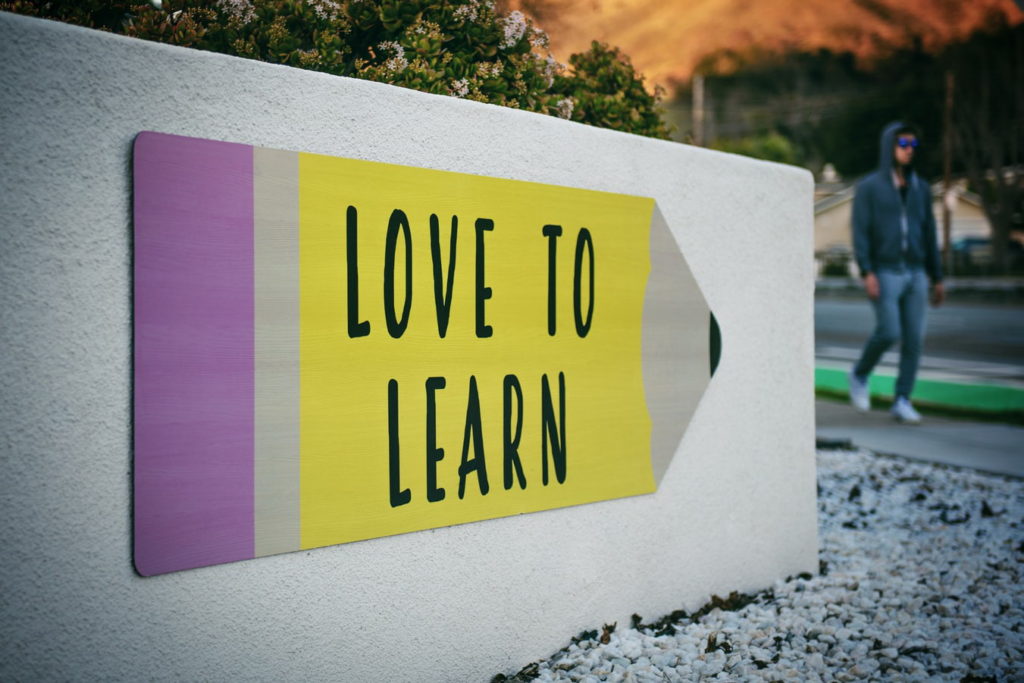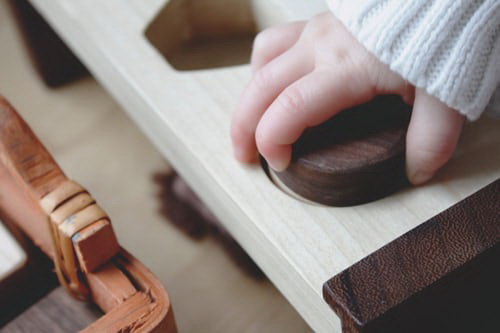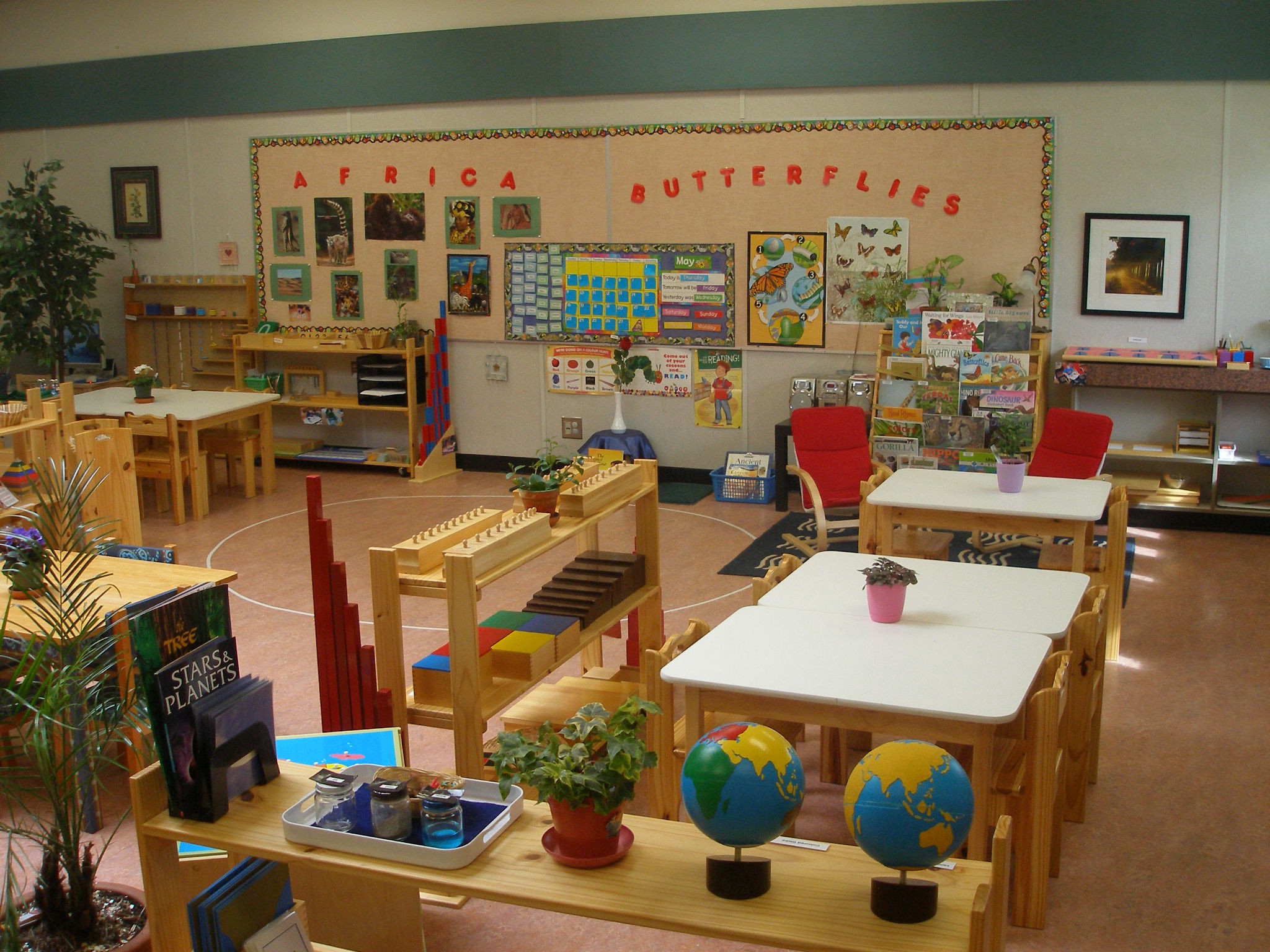Growing with Montessori
Written by Yul Kim.
I am a very typical Korean, as I spent most of my life in Korea. During my time in Korea, I was not a bad student, but studying was not my strength. I did not know why I had to study, and this problem caused me to have a difficult time, just as it has for so many other Korean students. After I realized the fact that studying was not the purpose of life, I started to have an interest in education – when I was 28. Soon after, I started my master’s degree in the U.S. and studied about Montessori education. This amazing experience naturally led me to a teaching career, and now I am teaching elementary students in the U.S. Here, I will go over some of my impressions of teaching in the U.S. while reflecting on my experience with the Korean educational system as a youth.
The school that I work at is based on the Montessori educational philosophy, and there I teach lower elementary students from the first to third grades. Despite the unique nature of the Montessori philosophy, with mixed-age students (6–9 years old) sharing the same classroom, the negative aspects of this system are surprisingly few. This is because, unlike in Korea, it is not a vertically structured system, ranked according to age. As a result, there are positive outcomes from mixed age student interactions that hierarchically structured systems lack. This is the biggest difference that I feel every day in my classroom.

The comparatively equal structure of American culture is well integrated in the school – the space where children learn – which enables them to speak up in class. Not only are our Montessori schools encouraging mixed-age classrooms, but all other types of educational institutions in the U.S., including universities, are based on a more horizontally aligned culture. After having been through the Korean educational system as a youth, I can appreciate the different strengths of both systems.
Another difference in education that I have experienced is the sheer variety of educational methods that foster creative-thinking skills. Although specific teaching methods and goals exist, they can be adapted and differentiated to match individual student proficiency, limited only by the teacher’s ingenuity. This may, of course, depend on the guidelines of the school or the
educational goals that the state seeks to pursue, but what has been observed in many schools so far is that, at least the Montessori method is strongly reliant on the teacher’s ability. Rather than obtaining data to judge students through the results of different types of tests, it is highly
desirable that the observation of students’ activities in real classroom environments becomes a major evaluative measure.
Few would challenge that test results are an important resource for measuring students’ understanding and achievement, but test scores do not represent everything that students do. From a personal point of view, it is
quite unreasonable and ridiculous to want children to do everything well. Even adults who have spent much more time learning and experiencing are not perfect, so how can they expect children to be perfect?

In her book, Maria Montessori states, “The child’s mind is not the type of mind we adults possess. If we call our type of mind the conscious type, that of the child is an unconscious mind. Now, an unconscious mind does
not mean an inferior mind. An unconscious mind can be full of intelligence.” Rational thinking and logic can be acquired through the process of trial and error or the process of life learning. However, emotional thinking and self-awareness should be introduced through
communication and sharing, not through studying alone.
Teachers and adults are supposed to teach children how to express their emotions so that they can be fully aware of their minds and understand themselves. Especially, we aim to teach them how to express their negative emotions to lower their stress and help them develop a positive outlook. As a person who never went through this process at all, I did not have the opportunity to face my emotions directly in my childhood. I believe that this has been a huge loss in my life, as well as in terms of expressing my
emotions.
There are different kinds of education in different countries around the world, and so it is within the United States. This article is written from the viewpoint of someone who has experienced both the United States’ and Korea’s education systems and is not meant to suggest educational superiority of either country. Each country’s method of education is built on its history and cultural background, and neither is ultimately superior or inferior to others. However, if a teacher has a chance to guide students in a better direction or toward a brighter future, I think it is a good idea to keep in mind the potential for further development using different methods.
THE AUTHOR
Yul Kim is originally from Gwangju and currently resides in Cincinnati, Ohio. He is a Montessori Elementary teacher who believes education can
change the world.




